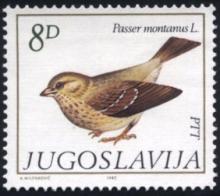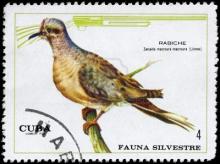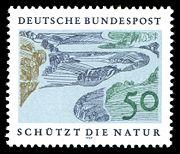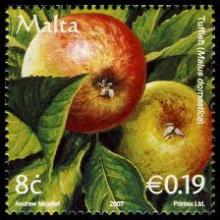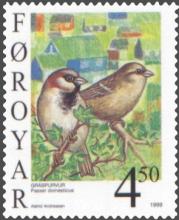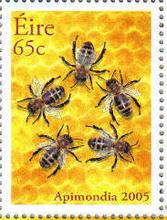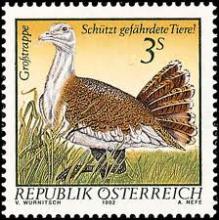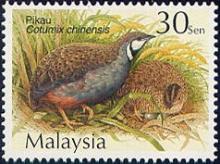Long-term population dynamics and decline of the Tree Sparrow in Baden-Württemberg (Germany)
For almost 60 years the Baden-Württemberg forestry administration has been documenting the results of its nestbox monitoring scheme. The number of boxes rose from 40,000 around 1950 to 180,000 in the 1980s/1990s. For this study, 80,412 successful nests of the Tree Sparrow Passer montanus were evaluated out of the 3,4 million nestboxes monitored up to 1996. Since the Tree Sparrows in this survey mostly breed at woodland edges, but forage almost exclusively in agricultural land, the results reflect the general trend for the species in SW Germany. Until 1971 the species bred with constant occupancy rates that varied regionally between 0.5 and 5 % of all nestboxes. After that year the proportion increased, reaching rates of 15 % in the Rhine Valley and regionally of more than 30 %. After 1980 the nestbox population collapsed; the drop in the intensively cultivated Rhine Valley was from 15 % to 2 %. The increase in the 1970s is thought to have resulted from the prohibition of DDT. The permanent and continuing decline since 1980 indicates that developments in agriculture have been responsible for the later long-term negative population trend. Areas of intensive agriculture below an altitude of 200 m show the highest rates of decline.

